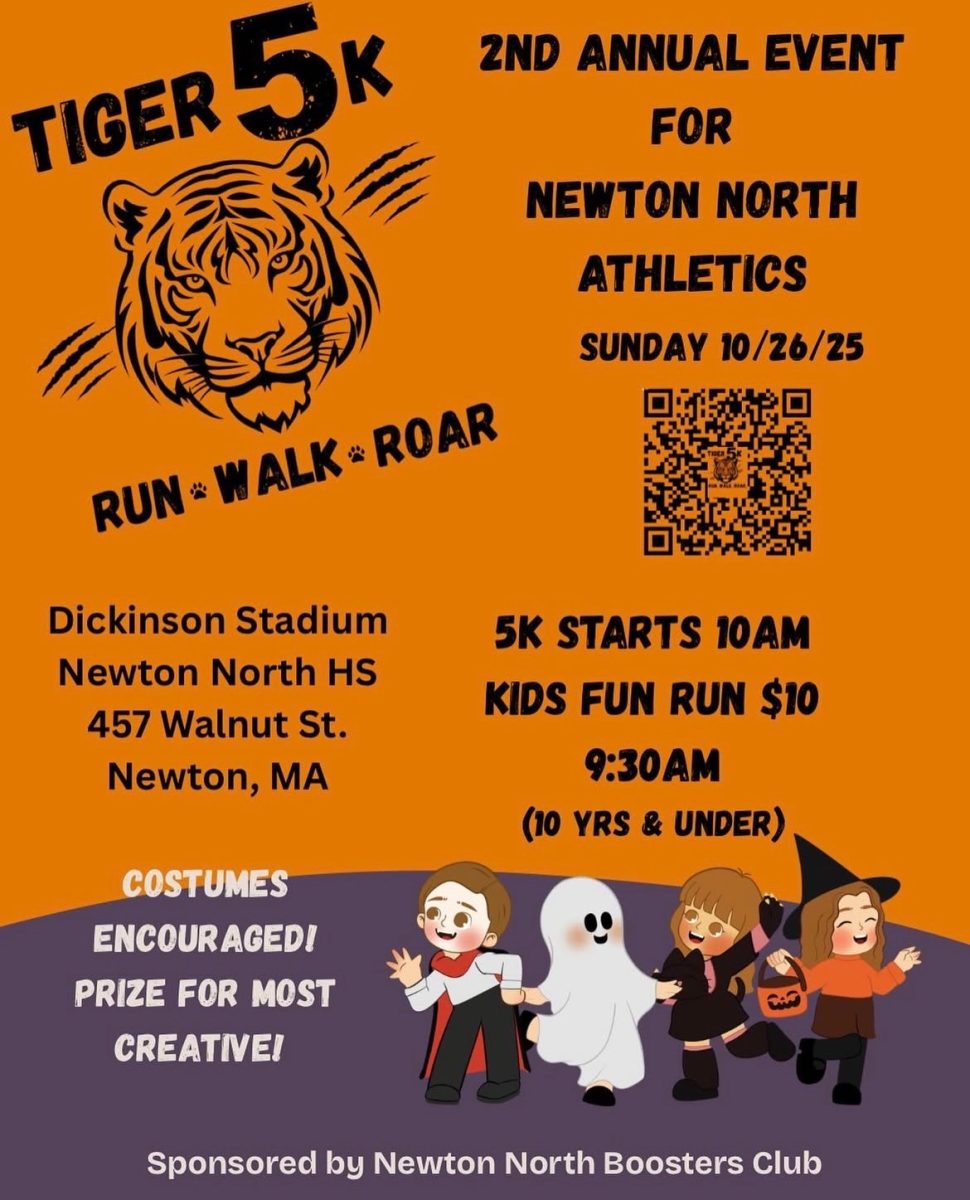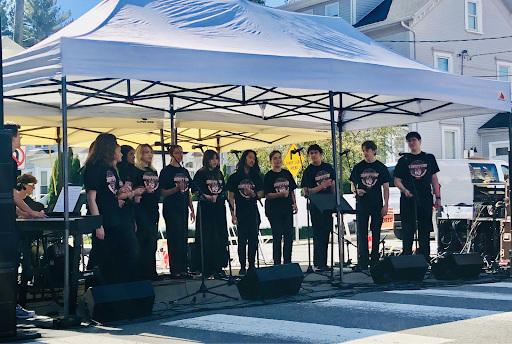 [/media-credit]
[/media-credit]
- Seniors Rebecca Jerez and Bonnie Chen introduce the film “Vincent Who.”
by Malini Gandhi
In her introduction to the documentary, Jereza said that Chin’s story should “assume a place in American history” and noted that his legacy is still relevant today.
According to Jereza, 54 percent of Asian Americans reported having been bullied or harassed, compared to only of 31.3 percent of whites.
To the outrage of the many in the Asian-American community, the two murderers were let off with a fine and a few years of probation. Neither of them spent a day in jail.
According to an Asian-American civil rights activist interviewed in the film, Chin’s death was a “wake-up call” to the Asian-American community, helping them realize that they could no longer rely simply on petitions and that they must push forth with a public campaign.
Huge protests erupted, and for the first time, Asian-Americans of differing ethnic backgrounds—Japanese, Philippine, Chinese and many others—joined together to fight for a common cause.
Another civil rights activist interviewed asserted that before Chin’s death, the word “Asian-American” had no meaning. The protests following Chin’s death were entirely responsible for forging this common identity.
The issue of prejudice against Asian-Americans is far from resolved, according to the documentary. The film drew similarities between the fact that the white men beat Chin, a Chinese man, because they assumed he was Japanese, and the hate crimes after September 11 against Muslims or anyone who resembles a Muslim.
In addition, the film documented many people’s accounts of the day to day prejudice and bullying Asian-Americans face.
Following the film, Jereza led a discussion that touched on subjects such as students’ general reactions to the film and incidents similar to Chin’s death that the students were reminded of.













































